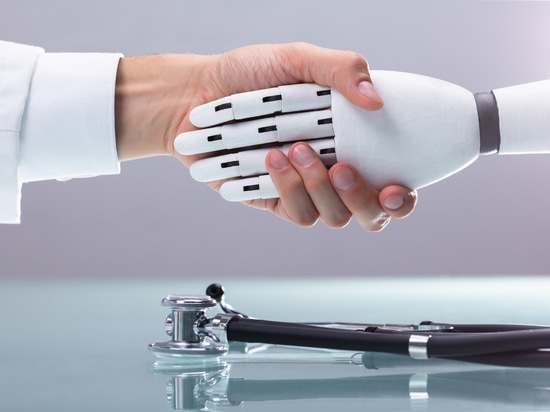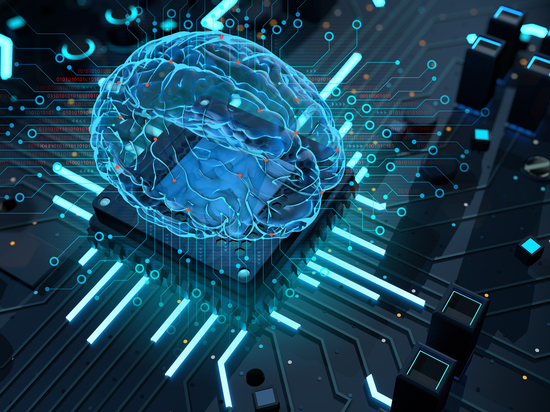
#Industry News
HOW FUTURE CAD SYSTEMS CAN PREVENT CLINICIAN BURNOUT
Can today's Ai & DL Computer Assisted Diagnosis (CAD) system retain doctors?
Clinicians are burning out. In a recent survey by the AMA, 54 percent of urologists felt burned out. They were followed by specialists in:
neurology (50 percent)
nephrology (49 percent)
Endocrinology (46 percent)
family medicine (46 percent)
radiology (46 percent)
The COVID-19 pandemic worsened things, leaving healthcare groups and hospitals short-staffed to deal with the drastic increase of patients.
Technological aids like electronic medical records (EMR) and medical transcription were supposed to make things easier. Unfortunately, they have proven to be a mixed medical bag. So it's understandable why many clinicians view renewed interest in computer aided diagnosis (CAD) with some misgivings. New advances from artificial intelligence and machine learning (especially deep learning) in CAD should hopefully lessen such doubts.
Why Both CADe and CADx Failed
Computer aided detection (CADe) systems are used to find masses in medical images. Computer aided diagnosis (CADx) was to help clinicians determine if those displayed masses were benign or malignant. Radiologists were particularly keen about the technology, which has been around since the mid-1970s. They hoped both would allow them to manage the ever increasing numbers of medical images quickly and accurately.
Unfortunately, reviews of clinical use of these early systems showed little reduction in radiologists’ workloads. In fact, it did the opposite, increasing them up to 19 percent as the clinicians were forced to dismiss many CAD-positive tags as false while finding unflagged or undetected new masses. In 2018, Medicare stopped reimbursements for CAD.
Benefits of Computer Aided Detection
In the US, CADe is the only version officially approved by the FDA. And with good reason. According to the CDC, death by cancer rates in the US have been dropping since 1999. That year, death by cancer was approximately 200 per 100,000 people. That figure dropped to 144 per 100,000 in 2020.
This drop has come at a cost to providers like radiologists. Some may have to review 20 to 100 scans with each one containing thousands of images. This is on top of their other duties of:
seeing patients
performing screening tests
writing / dictating / editing comprehensive reports of findings
discussing findings with patients and other clinicians
It is no wonder nearly 50 percent of radiologists are experiencing burnout.
AI and DL in Computer Aided Diagnosis. A Game Changer?
Radiologists had hoped a CADx program could be developed to interpret medical images reliability as accurately as an experienced member of their own field.
Unfortunately, early versions of such systems scanned and interpreted medical images using programs written for a specific purpose. This meant a new program had to be written each time clinicians wanted the CAD system to do something different. This limited the system’s abilities in diagnosis.
The development of artificial intelligence with deep learning capabilities may finally change that.
Artificial Intelligence
Using advances in artificial intelligence (AI), future CAD systems can assemble a composite from a variety of images. They can be from different angles and even taken from previous scans. This is far more effective than previous and current CAD systems which can only display and examine one image at a time.
Even better, scans can be pulled from a variety of sources. These not only include typical scanning devices like MRI, ultrasound, and digital breast tomosynthesis, but even pulled from the EMR stored in a medical tablet. The result is a far more complete composite image with fewer false positives and missed masses.
Deep learning
Deep learning (DL) are algorithms that simulate how human beings learn something. CADx systems use it to classify the huge amounts of data they receive from medical scanning devices. Results are already coming in and looking promising. There are CAD systems doing retinal assessment and skin lesion analysis that match human levels in accuracy. Others show similar accuracy in the detection and determination of prostate cancer from MRI scans. Finally, CAD using DL have both found and determined cancers from CT scans with accuracy equal to thoracic radiologists. Future radiologists will have greater confidence in such CADe and CADx systems and allow them to provide greater patient care.
Closing Thoughts
Computer aided detection and diagnosis (CAD) showed great promise in assisting clinicians in their work, especially in detecting cancer. The system stalled due to limitations in the technology at the time. New CAD systems, using advances in AI and DL, look to finally deliver on that promise as today’s clinicians struggle with burnout.
Contact an expert at Cybernet if you’re interested in learning more about all versions of CAD and how they can apply to your medical group.






